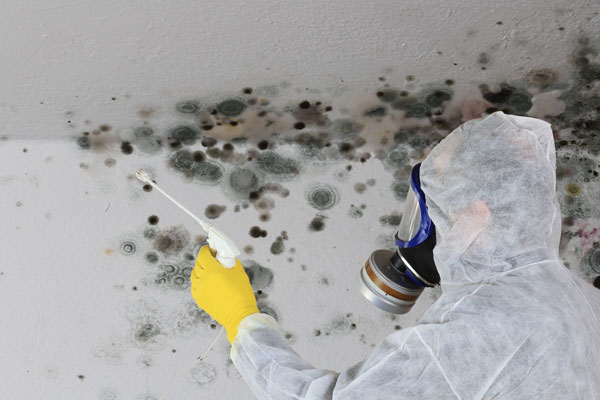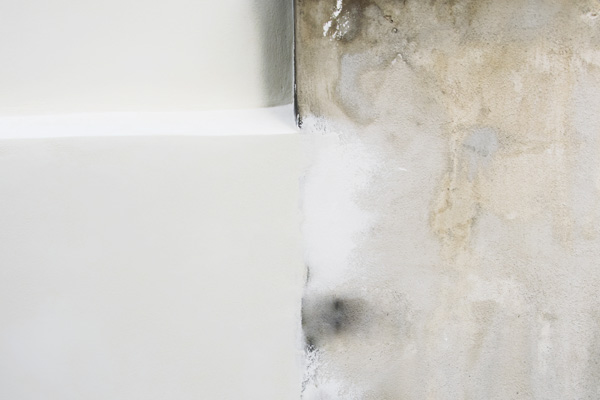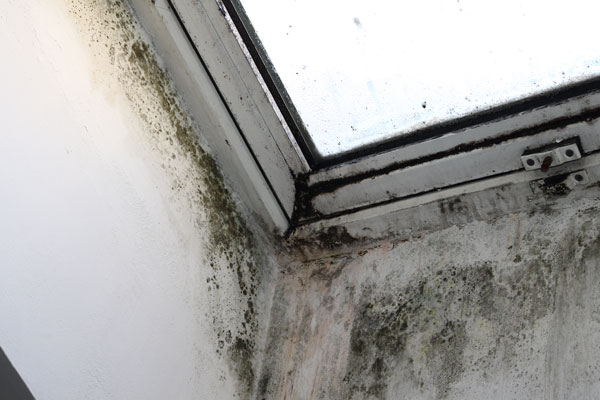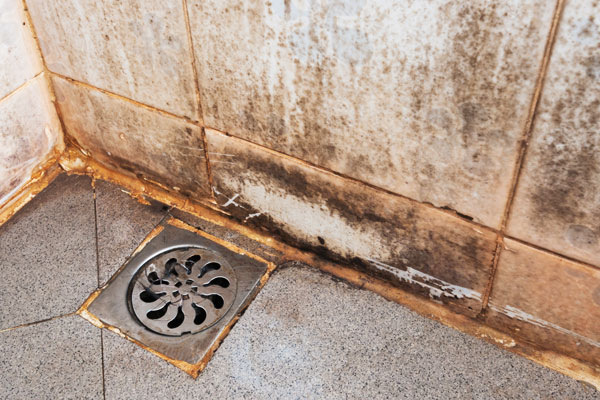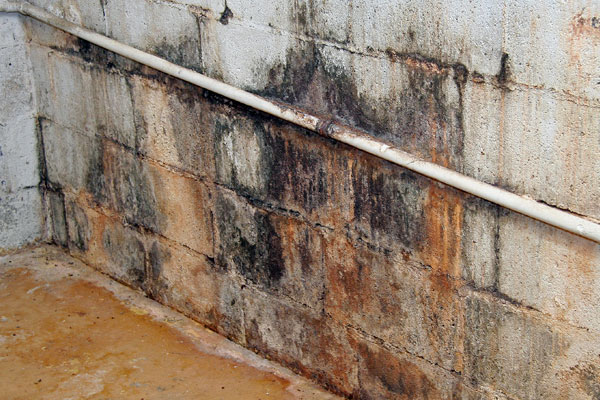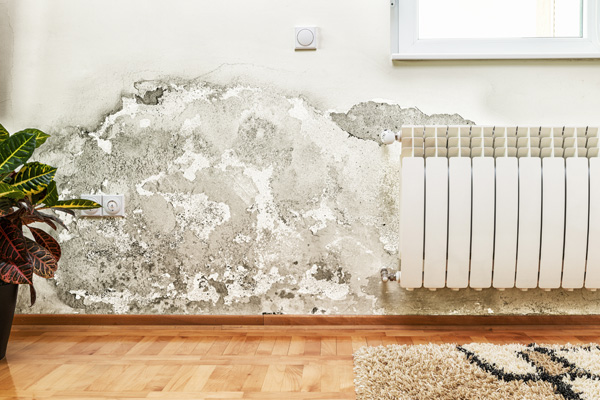Northbrook Mold Remediation
From the North Shore to the city of Chicago, let us be your mold removal experts.
If you feel your home or work place has a moisture problem, mold contamination or other indoor air quality problems be confident that Optima Construction & Abatement is the best choice to diagnosing and repairing these concerns that could impact your health.
Mold is everywhere and part of everyday life.
Individuals are exposed to some type of mold as a part of everyday life. Molds need moisture, a food source, and to be left alone to flourish. They are also a necessary part of life that work as decomposers of organic substances. People are exposed to mold through the air they breathe, ingestion, or dermal contact. Many variations given the right conditions have the potential to cause ill health effects in susceptible individuals.
Mold needs moisture to thrive. For healthy indoor air quality, indoor environments should always be kept clean, dry, and as mold free as possible.
Frequently Asked Questions about Mold Remediation
Can mold cause health problems?

Molds are usually not a problem indoors, unless mold spores land on a wet or damp spot and begin growing. Molds have the potential to cause health problems. Molds produce allergens (substances that can cause allergic reactions), irritants, and in some cases, potentially toxic substances (mycotoxins). Inhaling or touching mold or mold spores may cause allergic reactions in sensitive individuals. Allergic responses include hay fever-type symptoms, such as sneezing, runny nose, red eyes, and skin rash (dermatitis). Allergic reactions to mold are common. They can be immediate or delayed.
Molds can also cause asthma attacks in people with asthma who are allergic to mold. In addition, mold exposure can irritate the eyes, skin, nose, throat, and lungs of both mold-allergic and non-allergic people.
How do I get rid of mold?
Who should do the cleanup?
Certified professional removing Mold fungus with respirator mask.
Mold on the outside wall during renovations. After and before the treatment.
Window with mold and moisture.
Bathroom mold.
Severe water damage on a wall in a neglected basement. It's covered in dirt, cracks, mold and mildew.
Damage caused by damp on a wall in house.
Myth #1 - All Molds are toxic.
Myth #2 - Only people who live in humid, wet climates have to worry about mold.
Myth #3 - Some surfaces can be immune to mold.
Myth #4 - If you don't see mold, you don't have mold.
Myth #5 - Effective regulations and laws are in place to deal with this issue.
Myth #6 - If a building is contaminated by mold, insurance will cover it.
Myth #7 - Cleaning off the area where mold was growing will eliminate the mold.
Myth #8 - The worst mold can do is cause cold-like symptoms.
Myth #9 - Mold can only grow around pipes, leaks or because of floods.
Myth #10 - If a plumber or contractor checked a building and did not mention mold, that building must be free of mold.
More Information on Mold
For more information on mold related issues including mold cleanup and moisture control/condensation/humidity issues, you can call the EPA Indoor Air Quality Information Clearinghouse at (800) 438-4318. Or visit: www.epa.gov/mold

If mold is a problem in your home, you should clean up the mold promptly and fix the water problem.
Ask us how we can help. .
Email Us

